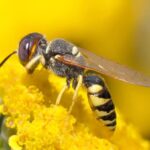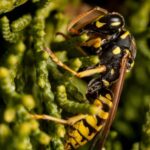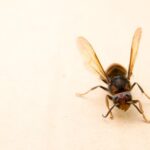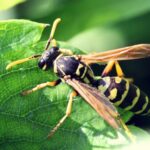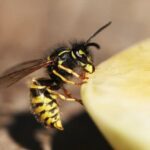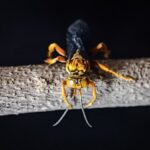What Chemical Do Wasps Release?
Unlike bees, wasps sting humans when they perceive a threat. Their venom contains a cocktail of chemicals that is used for communication and defense. It can be painful and can lead to a severe allergic reaction.
Wasps are members of the order Hymenoptera. They are social animals and use a variety of pheromones to communicate with each other. They only sting when they perceive a threat, and only female wasps sting.
Their venom contains a number of chemicals, including peptides and proteins. The venom is acidic and slightly alkaline. It contains a range of compounds, including histamine, lysophospholipase, hyaluronidase, and acid phosphatase. They also contain enzymes and other compounds that have anti-inflammatory and anti-microbial properties.
There are more than 20,000 species of wasps worldwide. Some of them are solitary, while others are social. Social wasps use their venom to defend the colony from predators. When the colony is threatened, the guard wasps send out alarm pheromones to mark the intruder and to rouse the colony to action. The pheromones travel through the air and are picked up by other creatures.
Alarm pheromones also affect other creatures’ behavior. For example, a common yellow jacket has alarm pheromones that signal to other yellow jackets, driving predators away from its nest. But it takes many field experiments and chemical analysis to determine what alarm pheromones are used by a particular species. In addition, the venom from each species has a different composition.
One important venom component has been found to be a major allergen. This key compound induces immunity in the infected animal, which can help to prevent future allergic reactions.

